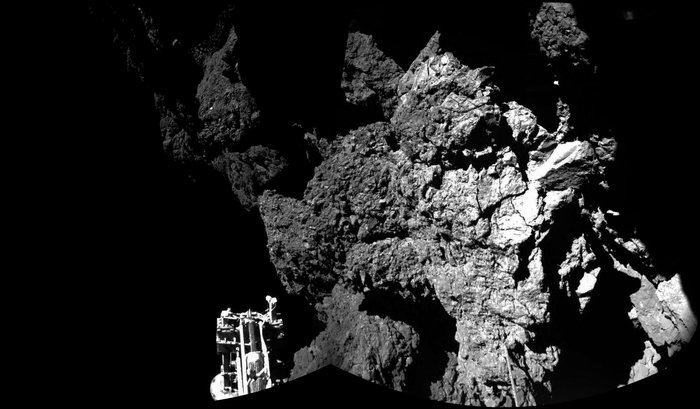
Figure 1 – Philae’s image from the surface of comet 67P/Churyumov-Gerasimenko. (c) 2014 ESA/Rosetta/Philae/CIVA
Sometimes you just know a historic image the moment that it is taken. A prime example of that is Figure 1 from the European Space Agency, which was taken by the Philae probe at 300,000 million miles from Earth on the surface of Comet 67P/Churyumov-Gerasimenko. This is a photograph for the ages. As most people know by now the probe is currently in the sleep of essential battery failure due to lack of light.
So, a number of thoughts come to mind. It is a truly amazing achievement. We have gotten so used to such achievements that we forget just how difficult they are. The physics and celestial mechanics that makes all this possible was developed by an impressive parade of great physicists, mathematicians, and astronomers: Johannes Kepler (1571–1630), Isaac Newton (1643–1727), Joseph-Louis Lagrange (1736–1813), Simon Newcomb (1835–1909), and Albert Einstein (1879–1955). Kudos to them all! But the required precision of steering is amazing. Head the slightest bit off course and you miss by millions of miles. Power is an issue. The time delay is so large that all the final maneuvers need to be done automatically driven by sensors either on the probe or on the Rosetta mother craft. Radio signals are so weak that sending back and receiving digital images is a tour de force. You’re always fighting signal-to-noise.
But the biggest questions is why do it. For those of us who truly believe that we are slowly but relentlessly freeing ourselves of the tethers that fetter us to Earth, it is a non question. We do it because it is hard, but when the third Fourth millenials will view it a thousand years from now in retrospect there will seem to be no question at all. But in our myopic, war and suffering filled world the value of reaching for the stars, of understanding the origins of life on Earth, seem eclipsed by everyday urgencies.
There are very few things that we do as a race that ennoble us, that point to an essential non-barbaric humanist curiosity. This may be the ultimate justification. We can close our eyes and see the future. At the same time, we can look about and see the minions, the intellectual army of creators, of scientist and artists. They are all dreamers – and therein lies mind spring that is the source of humanity.
